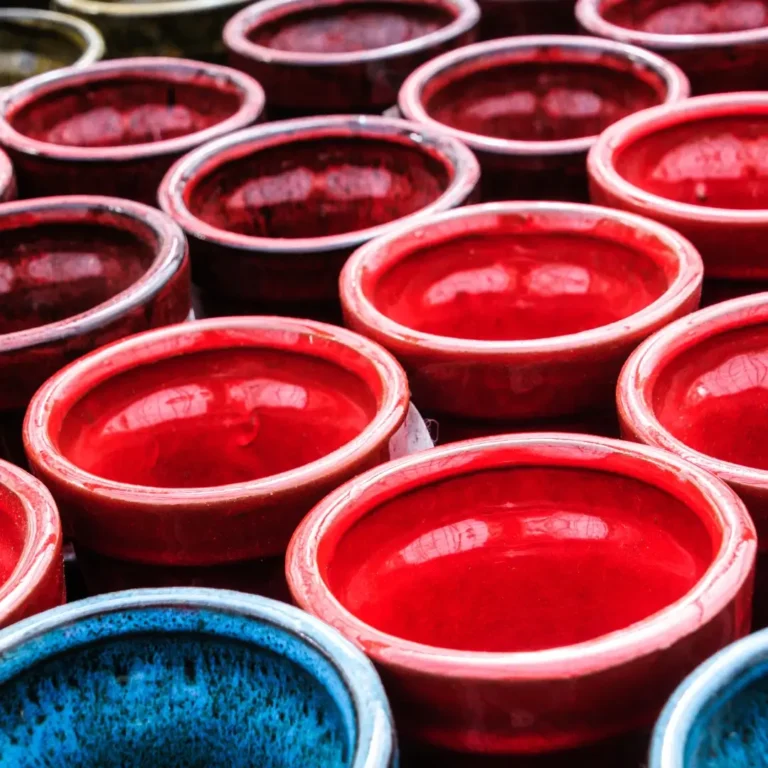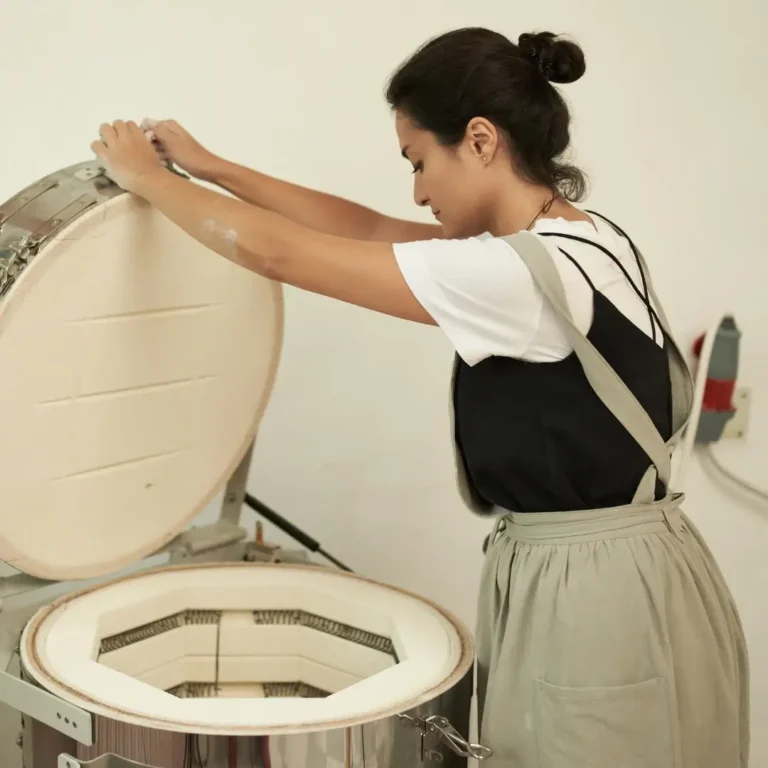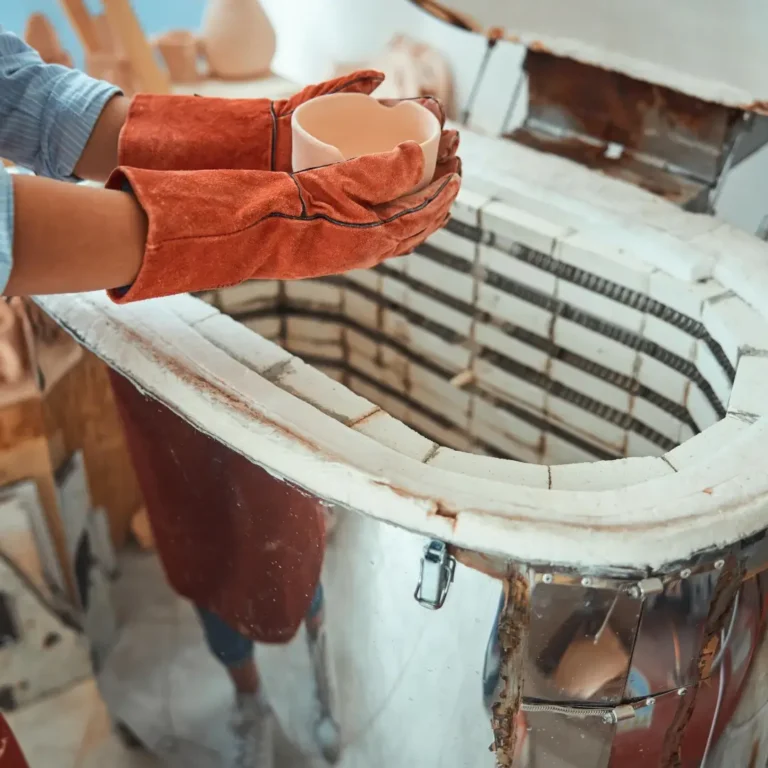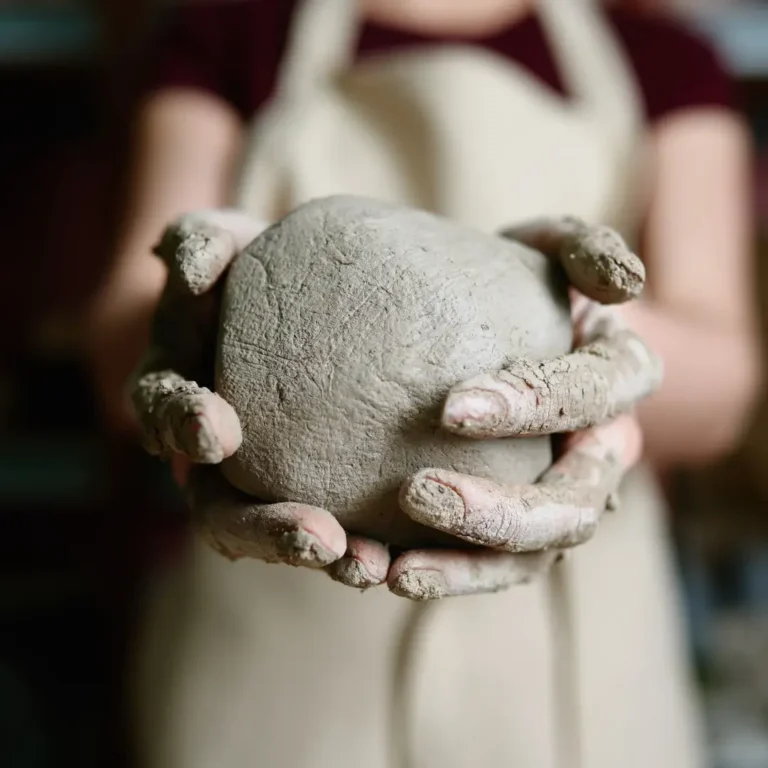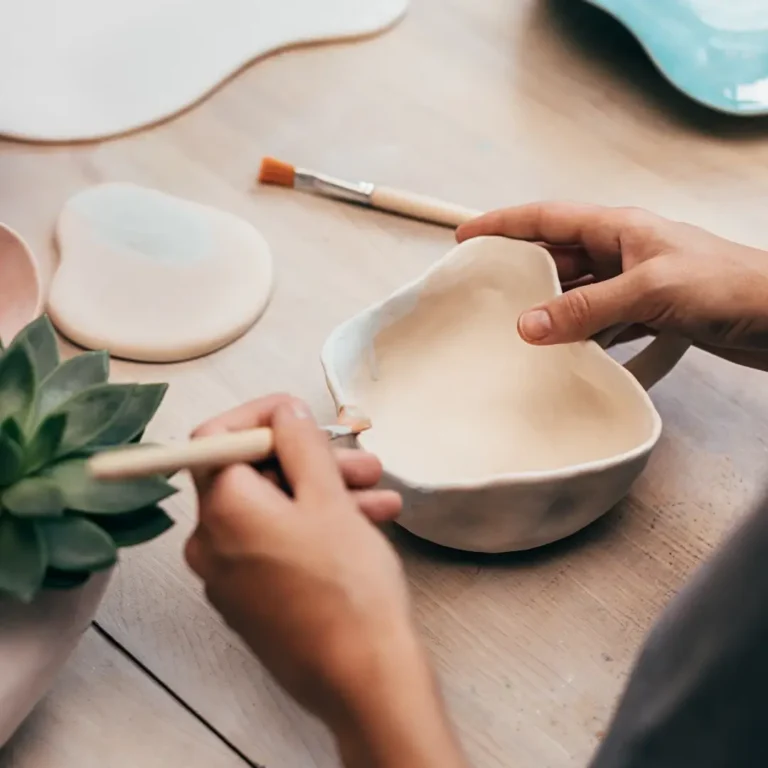Can I put ceramic in the oven?

The short answer is YES, you can put ceramics in the kiln, but, now comes the “it depends”, since not all of them are suitable. There are several important things to consider in order to do it safely and effectively.
Not all types of ceramics are made in the same way or from the same material, and here I will explain how to distinguish between what is safe to use in our kitchen oven and what is not.
Keys to know if we can put ceramics in the kiln
Ceramic Type: The key is the type of ceramic you use. Food-safe glazed ceramics, specially designed to withstand high temperatures, are ideal for use in the oven. However, you should avoid ceramics decorated with a finish that may contain lead or toxins, as they can release harmful substances when heated.
Temperature and Sudden Changes: Although ceramics can withstand heat, they are susceptible to thermal shock, i.e., a sudden change in temperature. Therefore, avoiding placing a cold ceramic piece directly into a preheated kiln is essential. Ideally, allow the ceramic to warm up gradually with the kiln.
Checking the Manufacturer: It is always advisable to check the manufacturer’s instructions. Many parts come with instructions on how to use them in the oven and other kitchen appliances, following these recommendations will help you avoid accidents.
Attention to Cracks and Defects: Inspect the pan you will be using for cracks or damage before putting it in the oven. A damaged piece can break under heat, which could ruin your food and the oven.
Suitable Use: Many pieces are not made for direct heat cooking or for uses such as grilling. It is best for baking at moderate temperatures and for dishes that require even heat distribution.
Ceramics in a Microwave Oven: Knowing If ceramic can be microwaved is another matter. Although many ceramic products are microwave safe, it is essential to also check whether the manufacturer specifies this compatibility to avoid accidents or damage to the container.
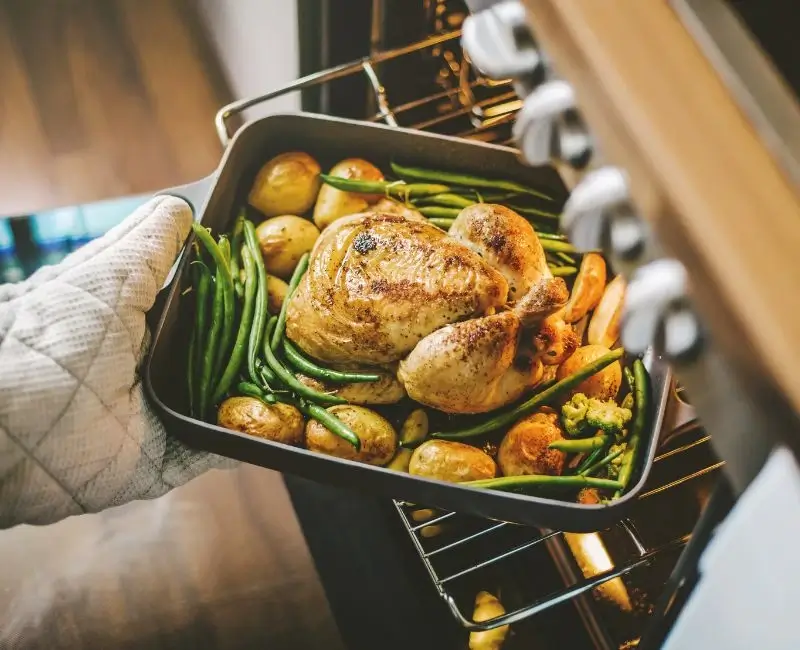
And can porcelain be put in the oven?
When we talk about putting porcelain in the oven, we enter the realm of combining elegance with functionality. The porcelain known for its beauty and delicacy, is also a surprisingly resistant material, suitable for use in the oven under certain conditions.
Not all porcelain is created equal. Some types are specially treated to withstand the heat of the oven. It is essential to check if your porcelain dinnerware is suitable for this use, which is usually indicated by the manufacturer.
As with other ceramic materials, thermal shock is a concern when using porcelain in the kiln. To prevent your porcelain pieces from cracking or breaking, it is crucial to avoid sudden temperature changes. A good practice is to place the porcelain in the kiln while the kiln is preheating, allowing the material to gradually adapt to the temperature increase.
Make sure that the porcelain you use does not contain lead or other toxic materials that can leach into food when exposed to high temperatures.
Proper care will prolong the life of your porcelain in the oven. Avoid using it under the broiler or at extremely high temperatures. Also, wash pieces by hand or on a gentle cycle in the dishwasher to maintain their luster and finish.
Serving directly from a beautiful piece of porcelain can elevate the presentation of your meals, however you can extend the life of your porcelain dinnerware by heating or cooking in other containers such as baking trays and finally using it to present your recipes.
In general: Which containers can be put in the oven?
The containers that can be put in the oven vary in material and design, each suitable for different types of cooking. Here I explain which ones are safe to use and under what conditions:
Heat Resistant Ceramic: Ceramic containers designed specifically for cooking can withstand high temperatures in the oven. It is important to make sure they do not have decorations with materials that can melt or release toxins.
Oven Porcelain: Like ceramic, porcelain that is marked as oven safe can withstand high temperatures without damage. Not all porcelain is the same, so check the manufacturer’s specifications.
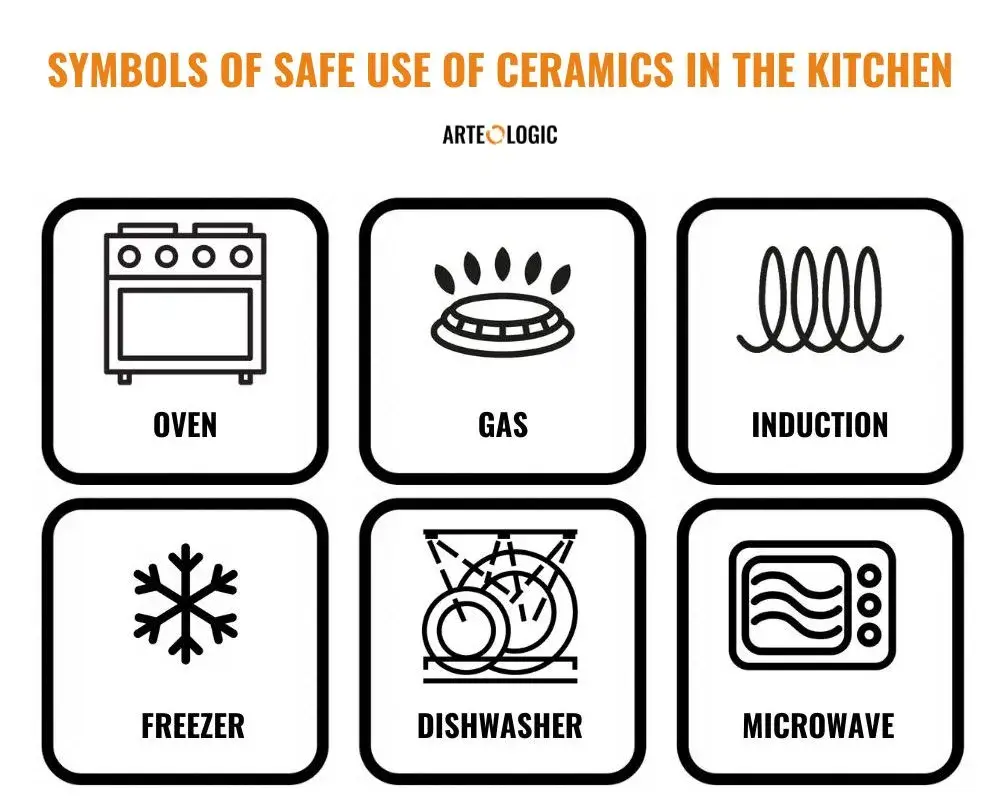
Tempered Glass: Tempered glass pans are a popular choice for baking. They are heat resistant and allow you to see the food while cooking. However, they should be handled with care to avoid thermal shock.
Metal: Metal trays and pans, such as stainless steel, are common for baking and roasting. They should not be used in the microwave, but are excellent for the conventional oven.
Cast Iron: Cast iron utensils are extremely resistant and can be used both on the stove and in the oven. They are ideal for recipes that require prolonged cooking or high temperatures.
Oven Silicone: Heat resistant silicone is another option, it is easy to clean, although it does not offer the same strength and rigidity as other materials, in addition, there are oganisms which are critics with this use.
Baking Paper and Aluminum Foil: Although not “containers” in the traditional sense, baking paper and aluminum foil can be used in the oven to cook or cover food.
What types of dishes can be put in the oven?
Not all dishes are made to withstand the high temperatures of the oven, so it is important to know how to choose the right one to ensure both safety and success in your culinary preparations, as it is a finer element than others such as baking trays. Keep these factors in mind.
Material:
Dishes made of heat-resistant ceramic, oven-safe porcelain, tempered glass, or certain types of metal are generally safe to use in the oven. Of course, avoid plastic, melamine, or ceramic dishes with decorative finishes that are not suitable for high temperatures.
Before putting a dish in the oven, it is crucial to check if it is designed to withstand cooking temperatures. This is usually indicated on the bottom of the dish or in the manufacturer’s instructions. If you are not sure, it is best to err on the side of caution and not use it in the oven.

Temperature:
Make sure the dish is suitable for the type of cooking you plan to do. Some dishes may be suitable for baking at moderate temperatures, but not for use under the broiler or in very high temperature cooking.
Even heat-resistant dishes can suffer thermal shock if exposed to sudden changes in temperature. Avoid transferring a dish from the refrigerator directly to the hot oven or vice versa. It is advisable to allow the dish to reach room temperature before exposing it to the heat of the oven.
Security:
Always wear oven mitts when removing dishes from the oven to avoid burns. Also, place hot dishes on heat-resistant surfaces to avoid damaging countertops or tables.
Opt for containers that are clearly marked by the manufacturer as oven safe. There are many options on the market, from baking trays to ceramic and heat-resistant glass casseroles. If in doubt, it is often better not to risk it.
Conclusion
When putting ceramics or other materials in the kiln, we must always bear in mind:
- Verify that the material is suitable for oven use.
- Check manufacturer’s instructions.
- Avoid sudden temperature changes.
- Use caution when handling very hot containers. Use appropriate utensils.
We hope you liked this post. It will help us if you share it on social media 👍
Note: This article contains links that lead to the artists’ stores outside of the Ceramicartis website. If you buy something from them, we will receive a small commission that will help us to continue our site and in turn continue to support those artists.
This of course does not affect the selling price.
Latest posts:
